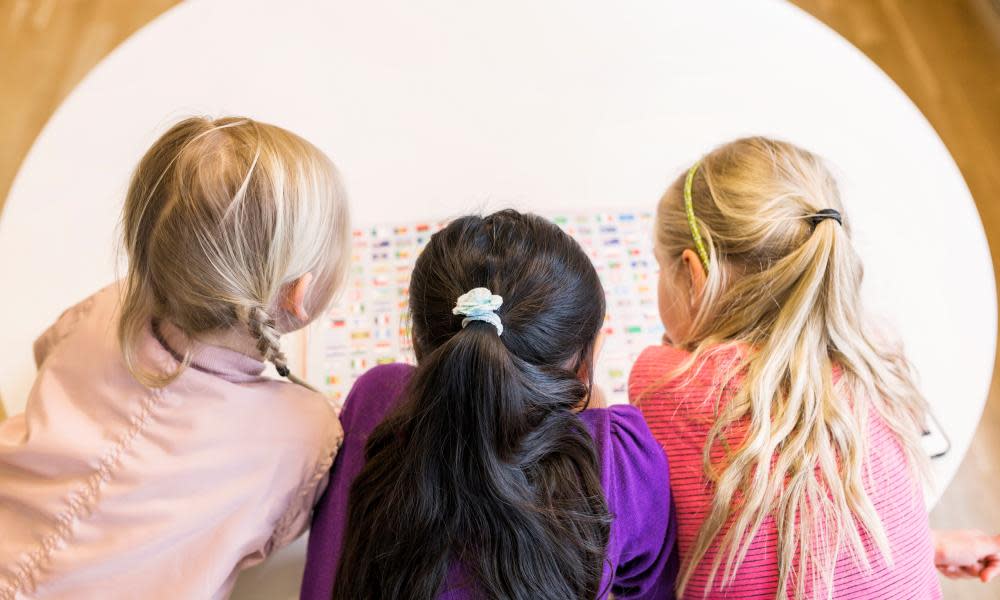Black and white children more likely to be in care than Asian children

Black children are nearly four times more likely to be in care than Asian children, while white children are nearly three times more likely, research has found.
A study by the Child Welfare Inequalities Project, which was funded by the Nuffield Foundation and involved researchers at seven universities, looked at 8,000 children in care in England, across a representative sample of 18 local authorities.
It found that 22 in 10,000 Asian children were in care, compared with 64 in 10,000 white children and 87 in 10,000 black children. In the most deprived 40% of neighbourhoods, black children were less likely to be in care than white children – 91 in 10,000 compared with 120.
The researchers used official categories from the census to describe ethnic groupings, but acknowledged they were “artificial labels and that there is great diversity of background, history, culture and religion” within them.
The study found big differences in the rates of care between Indian, Pakistani and Bangladeshi children, with Indian children much less likely to be in care (six in 10,000 compared with 20 and 45 respectively).
Similarly, black African children were less likely to be in care than black Caribbean children – 74 in 10,000 compared with 129.
Among 16- and 17-year-olds, one in 30 black Caribbean children was in care, compared with one in 100 white British children.
The researchers said more work needed to be done to establish why there were such significant differences.
“Simplistic assumptions about strong extended families cannot explain why there are large differences between ‘Indian’, ‘Pakistani’ and ‘Bangladeshi’ subgroups,” they said. “Simplistic assumptions about ‘black’ families cannot explain the large differences between ‘Caribbean’ and ‘African’ children.”
The researchers said their findings could mean that children of certain ethnicities who were in need were being missed by the system, or that some communities were more effective at supporting children’s development than others.
Prof Paul Bywaters from the University of Huddersfield, the lead investigator on the project, said: “Gaps in educational attainment [between different ethnic groups] have been significantly reduced over the last 20 years. Reducing inequalities in care rates should become a central government policy objective for the Department for Education.
“The scale of the inequalities has considerable implications for the direction of children’s services and for how scarce funding is spent. If the proportion of children in care in all other groups was reduced to that for ‘Asian Indian’ children, spending would be reduced by 90%.”
Figures out last month revealed there were 75,420 looked-after children in England at the end of March, up 4% on the previous year. The number has increased steadily every year since 2008, when the figure was about 60,000.

 Yahoo News
Yahoo News 
